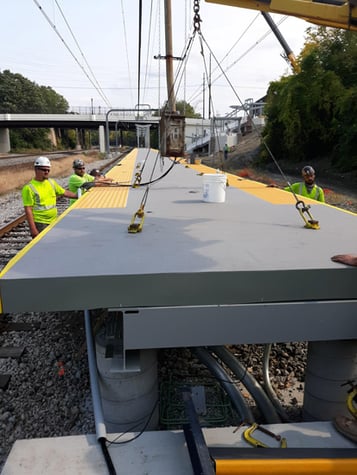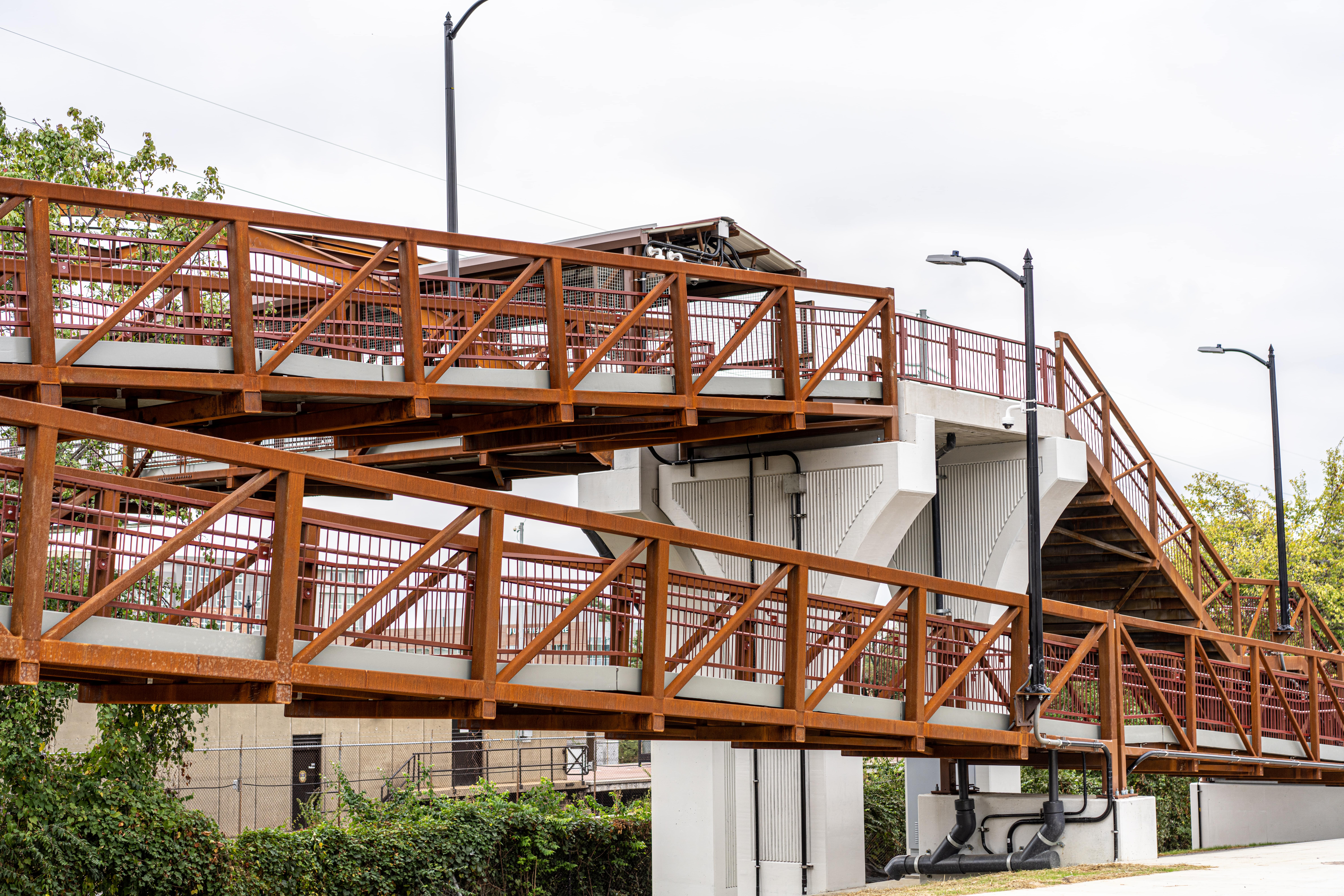 Fiber reinforced polymer (FRP) composite material is poised to build better infrastructure and put cash back in the pockets of state agencies and private owners as soon as Congress passes the bipartisan infrastructure bill. On August 2, 2021, the White House posted details on the Bipartisan Infrastructure Framework. The $1 trillion plan promises to “make transformational and historic investments in America’s roads and bridges, water infrastructure, universal broadband and a lot more.” But progress on the bill [slated to pass the first week of October] came to a screeching halt when progressives threatened to vote against it unless it was coupled with a $3.5 trillion spending measure. On Tuesday, it landed on the back burner, as the House admitted “more time is needed” to pass the bill.
Fiber reinforced polymer (FRP) composite material is poised to build better infrastructure and put cash back in the pockets of state agencies and private owners as soon as Congress passes the bipartisan infrastructure bill. On August 2, 2021, the White House posted details on the Bipartisan Infrastructure Framework. The $1 trillion plan promises to “make transformational and historic investments in America’s roads and bridges, water infrastructure, universal broadband and a lot more.” But progress on the bill [slated to pass the first week of October] came to a screeching halt when progressives threatened to vote against it unless it was coupled with a $3.5 trillion spending measure. On Tuesday, it landed on the back burner, as the House admitted “more time is needed” to pass the bill.
While the country waits to see what Washington will do, the American Society of Civil Engineers (ASCE) delivered its’ 2021 report card on the state of America’s infrastructure. The organization issues the report card every four years which describes the condition and performance of the country’s infrastructure based on physical condition and needed investments for improvement.
The U.S. earned a GPA of C-, a slight improvement over 2017’s GPA of D+, but the statistics remain sobering. According to the report, there is a water main break every two minutes and an estimated 6 billion gallons of treated water are lost each day. Wear and tear has left 43 percent of the nation’s public roads in poor to mediocre condition. There are more than 617,000 bridges across the U.S. and 42 percent of those structures are at least 50 years old. A recent estimate of the nation’s backlog of bridge repair requirements is $125 billion. Conditions impacting rail, waterfront, wastewater and power tell similar stories. While America’s architecture will always need funds for maintenance, repairs and overhauls, there are other critical elements that can contribute to its overall health—namely material choice.
Fiber reinforced polymer composites continue to outperform wood and concrete in a wide range of large structural applications, including the recent fabrication and installation of the longest FRP clear-span bridge in the world. Design flexibility, optimal strength-to-weight ratio, superior durability, corrosion resistance and zero maintenance have boosted the popularity of the material among contractors and state-level Department of Transportation (DOT) agencies. FRP’s ability to fend off corrosion from salt and chemicals means the advanced material can perform for decades in the water and on dry land. Quick installation and a life cycle of up to 75 years significantly reduce the overall cost of construction and generate savings long-term.
In addition to the right material choices, it’s equally important to select the right supplier. Creative Composites Group has the technologies, skills sets and experience to develop FRP components or structures of almost any size or shape. The Group also has the flexibility and depth to value-engineer the most economic, efficient composite solution for a customer’s requirements. Even if it is something that hasn’t been done before.
Contact us today. Tell us what you are looking for and we’ll show you what you need or partner with you to develop something brand new.
Planned Savings: FRP For Infrastructure - The Right Choice
Author: Scott Reeve
